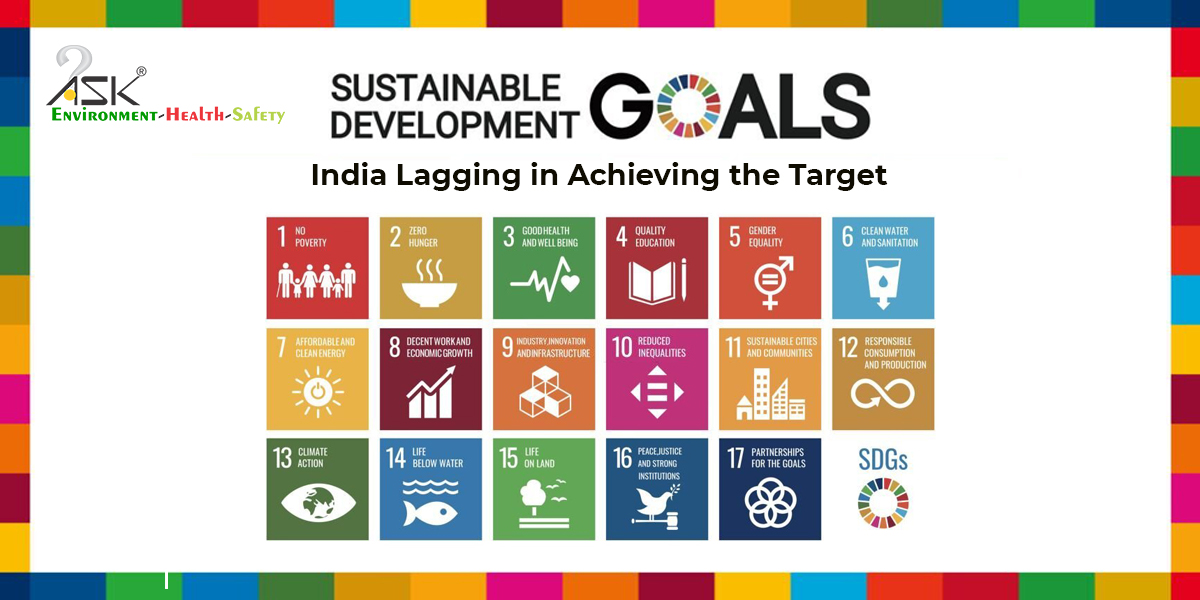Urban common spaces – living mesh that binds us

As a collective society which has seen the concept of nuclear families being introduced in the past 30 years; living on your own might only hold true till your home’s main gate.
As you step outside, if it is an apartment or rented flat – we come across the connecting paths, small gardens, planted trees and maybe even recreational spaces.
In independent housing, these generally lead to the main connecting road, which are again lined by trees or green spaces. Though they are slowly withering away and giving way to potted plants.
In either case, we become part of a wider connected network which provides access to other people and places. These areas are urban common spaces and as we zoom out to map a geography which houses say a few sq. kms – we may even come across urban lakes, big parks or open fallow land.
Bringing joy, sense of relief and solitude
Urban common spaces are a sharing medium and therefore it is of importance to us as humans. We congregate at parks to spend leisure time or as an activity. We cycle along bike paths and often criss-cross busy junctions, all the while protected by such spaces – which clearly demarcate safety.
Thus, their preservation is of great importance to us. One may not use a bicycle but would like to take short or long jogging distances.
Urban common spaces in the same breath face similar challenges – overcrowding, health and hygiene concerns and even encroachment. The trick is to make sure that we first identify these places clearly. Only then would we be able to channel and drive resources which can keep them in shape.
Take for instance, urban lake bodies.
A primary source of storing water (tanks) for the municipal corporation as seen in the cities of Udaipur and Bhopal. And on the other hand, the dying canals and lake system of Bengaluru, crushed under the load of massive apartment complexes and living spaces.
In case of Bhopal, with an estimated surface area of 31 km2 and a catchment area of nearly 361 Km2 – the water body serves nearly 40% of citizens in the capital of Madhya Pradesh.
The opportunity arrived when its stretches linked to Vanvihar national park were deemed as protected wetlands under the Ramsar convention. Japanese funding to build and protect these sites in their natural state saw tremendous gains for both flora and fauna. The aquatic ecosystem thrived as well and all this time, the residents could bank on the lake as a source of potable water.
Although pressure of expanding population, extended severe dry spells in Central India and lack of seasonal rains has battered the lake and its catchment area, the spirit to preserve it has been met.
While preservation is high on agenda, a key concept to preserving such spaces should also explore the traditional methods of maintaining land and water bodies. Concrete bunds and slab laden parks may be common spaces but they lack the natural harmony and therefore are susceptible to becoming a lost cause.
Paved and concrete pathways might be great – but a natural trail with flora and fauna as the primary residents, is an experience which any city-dweller would love to seek. It is the civic approach to maintain these urban spaces that should be changed, and ecologists and conservation biologists should be brought into the picture.
It’s just a matter of perspective
One needs to put behind the efforts rather than just allocating money and expecting a civil contractor to pour concrete and fix grown trees in their places.
Even corporate sponsors aren’t difficult to find as contributing money and time via volunteer work checks a lot of boxes for PR, initiative and gaining support within the local community.
Maybe it is time to start exploring where we can build this momentum and start doing our bit, with each day. It will be a tremendous addition which would not only improve our quality of life – but will give future generations another gift that they can treasure, as our cities sprawl and expand.


